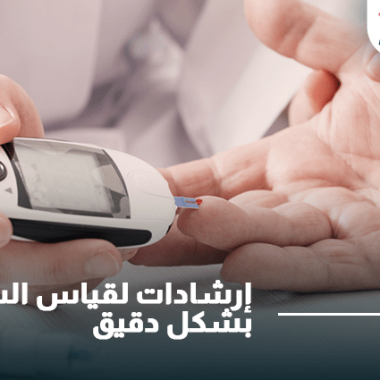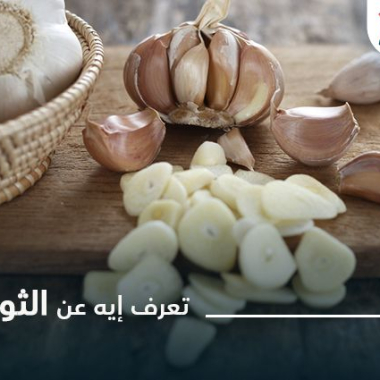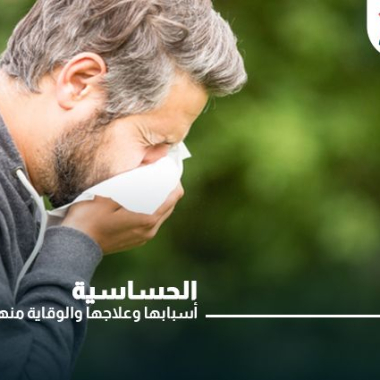Knee roughness treatment
Knee roughness is a common cause of pain, especially as people get older, which leads many to seek treatment for knee roughness through various means, especially since knee roughness treatment ranges from a healthy lifestyle through in-situ treatment to surgical treatment of knee-roughness, and in this article, we will discuss symptoms of knee roughness and different ways of treating knee-roughness.

How is the knee roughness progressing?
The natural joints feature a rubber cartilage that covers the bone of the joint, allowing it to be readily moved and protected, and the knee is one of the largest and largest joints in the human body, consisting of the femur and leg bones as well as the sapphire bone.
Knee roughness occurs when the cartilage that separates the bones erodes, creating bone friction and pain. The problem is exacerbated when bone erosion develops as a result of this friction.
Symptoms of knee roughness:
The following symptoms of knee roughness may develop early as an alarm signaling the need to seek early treatment for knee-roughness before the condition worsens:
Pain while climbing a ladder or walking for long periods of time.
An appearance in the knee area begins light, progressively increases, and becomes prominent during sleep.
The emergence of swelling and redness in the knee as a result of certain osteoarthritis caused by roughness of the knee.
Right after waking up, I heard a click coming from my knee while on the move.
Neglecting to address knee roughness leads to weakness of the knee and leg muscles, which causes stiffening of the knee, making it difficult to move, and may result in deformity of the knee as the problem develops.
Causes of knee roughness:
Some may believe that knee roughness is a disease of old age, but while the majority of knee roughness sufferers are elderly, age may be one of the most well-known causes of knee-roughness and even many osteoarthritis in general, the main reason for this being a lack of cartilage fluid that protects the knee joint, which increases friction.
However, other factors that contribute to knee roughness include:
- Genetic factor: It is one of the causes of knee roughness in which a person has a genetic bone disease that makes them more susceptible to knee roughness.
- Obesity: Obesity is one of the most serious health issues, the gravity of which is that it produces a slew of other health issues, including knee roughness. Weight gain puts strain on the knee joint and increases bone friction, resulting in knee roughness.
- Various bone illnesses, such as osteoporosis, rheumatism, rheumatoid arthritis, or discolouration, can all increase the risk of knee-roughness.
- Knee problems: Some injuries, such as knee endometriosis, cutting of the anterior cruciate ligament or ripping of the hilly cartilage of the knee, as well as a violent collision of the knee with a solid body, may result in fracture of the knee’s bones, raising the risk of knee-roughness.
- Stress: You may develop knee roughness at a young age if you overexert your body by working for long periods of time or by participating in sports and carrying heavy weights. Take care!
Knee roughness therapy:
Because knee roughness is a very unpleasant condition that can lead to immobility, it must be treated as soon as symptoms appear, and I would prefer that treatment begin as soon as symptoms appear.
The first axis of knee roughness therapy is that:
The competent physician will prescribe certain anti-inflammatory and palliative topical drugs and preparations that we will discuss in detail in the following paragraphs of the article, as well as using some medical bandages and Knee support braces that help treat knee roughness because they reduce swelling if any and recommending some exercises that help treat knee roughness.
In that case, it can also be treated by using heat plugs to soak up pain and relieve swelling.
The second axis of knee roughness therapy is as follows:
The investigation of the causes and treatment of knee-roughness at its source. For example, in the case of obesity, the patient must begin a healthy lifestyle in order to lose excess weight plus; because a good lifestyle helps reduce inflammation and resistance to a variety of diseases.
- Surgical treatment: If the initial treatment with the first and second axons fails, the doctor will resort to surgical therapy, with treatments ranging from telescope surgery to surgical orthopedics to the installation of a prosthetic knee joint.
The best ointments to relieve knee roughness pain are:
It is arguably the most well-known in the treatment of osteoarthritis in general, because it is easily absorbed via the skin and has an effect on the bones.
The following topical medicines are utilized in the treatment of knee roughness and help to alleviate knee roughness through more than one mechanism:
- Reduce the inflammation and numb the pain.
- Swelling and leaching are reduced.
- Knee joint nutrition.
- Muscle relaxation provides pain alleviation.
Here is a list of the best topical treatments for knee roughness:
- Jazon, which is available as an ointment or cream.
- Relax is also available as an ointment and a cream.
- Diaformin is available as a cream and an ointment.
- My moral salve or lotion.
- Rubalgin cream or ointment
- Voltaren Gel.
- Mr. Olvin Gell.
- Romavin Gel.
- Vatsim Gel.
Treatment of joint roughness using natural herbs:
Alternative medicine, or herbal therapy as some prefer, is one of the most prevalent means of treatment for chronic diseases, where chronic disease is characterized by extended suffering, encouraging the patient to seek any treatment that would relieve his agony.
The interest in alternative medicine in the therapeutic field did not arise out of thin air. Many herbs offer a strong or mild anti-pain and anti-infection action.
- Green tea (tea): It has an anti-inflammatory action, which helps relieve knee pain, and he is therefore suggested to take it every day.
- Warm olive oil: Using warm olive oil in knee massages may have a pain-relieving impact since it softens the knee and reduces pressure on it, as well as a muscular basil effect.
- Ginger: In addition to the benefits of ginger, it is also highly effective as an anti-inflammatory, lowering the pain of arthritis patients, thus it is recommended to consume it on a regular and moderate basis.
- Red hot peppers: It’s no surprise that chili has a painkilling effect due to its ability to operate as a muscular medium.
I am aware of medical preparations that are already being used to treat bone pain, and the effective substance is a red pepper compound called capsaicin, which is found in capsin cream.
When using the same chili at home, use it moderately and without excess food to avoid negative effects, especially in persons who do not like hot cuisine.
To summarize, dear reader, knee roughness is a long-term chronic condition that may necessitate surgery; therefore, it is critical that you do not relax your lifestyle, nutrition, and weight in your youth until you preserve the health of your knees as you age.
Resources:














